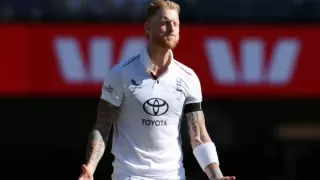Nowadays, the line between the positions has become unclear. At one time, players were divided into roles of point guard, shooting guard, small forward, power forward, or centre. Now? It is an intricate style of play made to perplex rivals and delight people watching. It only keeps getting better and more interesting as time goes on.
From Five Roles to Infinite Flexibility
Muthu Alagappan’s research about 13 positional roles backs up the obvious fact that today’s stars do not fit into old categories. Now, players don’t just fit into one role, but also play as both scorers and defenders. This is not limited to tech terms, as this idea is the heart of the modern NBA
“Stretch Fours” and Switchability
It used to be unusual when a big man tried to move beyond the three-point line. Not anymore! PFs who have three-point shooting ability have made huge changes to positioning and team planning. Now, centres, along with other versatile defenders, can defend Steph Curry, Giannis, and any other top player. How have the roles been traditionally played in the game? These notions are no longer present in their history.
The “Death Lineup” Effect
With Steph, Klay, Draymond, Iggy, and KD, the “Death Lineup” changed the usual way teams played on offence. Offensive players were playing in wing positions, defenders guarded near the basket, and the playing pace increased. Small ball suddenly took over and changed the way teams could win.
Forwards Who Play Like Point Guards
LeBron, Scottie Pippen, and a group of other players started a trend by taking control of the ball and orchestrating plays at forward positions. It brings a lot of surprise and challenges to those trying to defend against such a player. When the forward is in charge of making most of the plays, the defence doesn’t know what to expect.
Versatility Is Survival
Defensive changes mean that athletes are constantly sprinting across the court from corner to rim on every chance they get. Great players have to excel at several positions and move from shooting to defence, and even passing flawlessly. Now, teams are looking for athletes who can quickly change their position or job in the middle of the air and the game.
Why It Matters for the Future of Basketball?
It’s time for fans & writers to move on from discussing who should be assigned to what position. Each bout creates a new kind of interest and development like the game of chess.
A single style of play may be the only thing that determines a gamer’s success. Putting it simply, three things are important: shooting range, switching, and making plays.
The game will keep evolving, and players will have mixed bodies, mixing skills from different positions, and new tactics that use both art and science.
Positionless basketball is a major change, not simply a passing trend. It offered a revised approach to positioning on the court (thanks to stretch-big), created a new type of team lineup (introducing the Death Lineup), and altered the usual strategy (introducing lots of point guards). The result? One that is quick, smart, not predictable, and always exciting.
Also Read: Why Baseball Managers Can not Ignore Sabermetrics Now




























